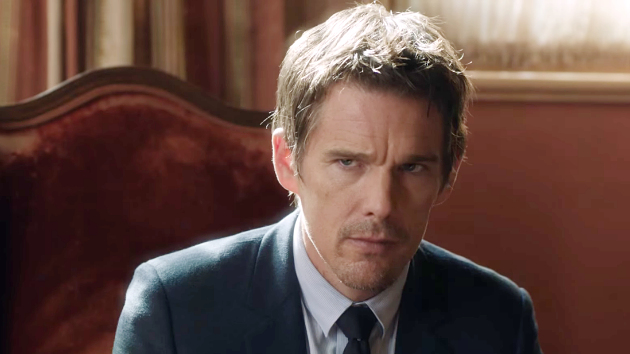
Every year it seems like seven billion films are released. How cinephiles around the world somehow don’t spontaneously combust should be evidence there’s some sort of Divine Being out there. Constantly we’re bombarded with overwhelming indecisiveness when logging into any of our countless streaming services: Criterion Channel, Fandor, Hulu, Kino Now, MUBI, Netflix, TubiTV, etc. Constantly we are battered by billboards and strategically placed magazines. Ones with Brad Pitt’s disgusting handsomeness subliminally forcing us to go see his new space flick “Ad Astra.” There are even little TVs at some gas stations now often playing Access Hollywood!
Go away Brad Pitt, you handsome devil!
According to statista.com, there were 871 films released in Canada and the United States in 2018. But does that only account for North American films? And just the big budget bad boys? What about the little guys, the independent films? Or globe-trotting releases from foreign markets? And released where? For how long? Does a day count? What about those direct-to-streaming films? All of those amateurs out there uploading their films to Vimeo or YouTube or whatever? Those Neil Breens?
871? That’s a bunch of hooey.
Even in North America, those 871 films had to be more like 871,000, and internationally there had to be like 871,000,000 films released. This is what it feels like inside the head of cinephiles, at least.
This list is going to include films (alphabetically) that stastica.com probably failed to include in any of their movie consensuses.
1. Cymbeline (Michael Almereyda, 2014)
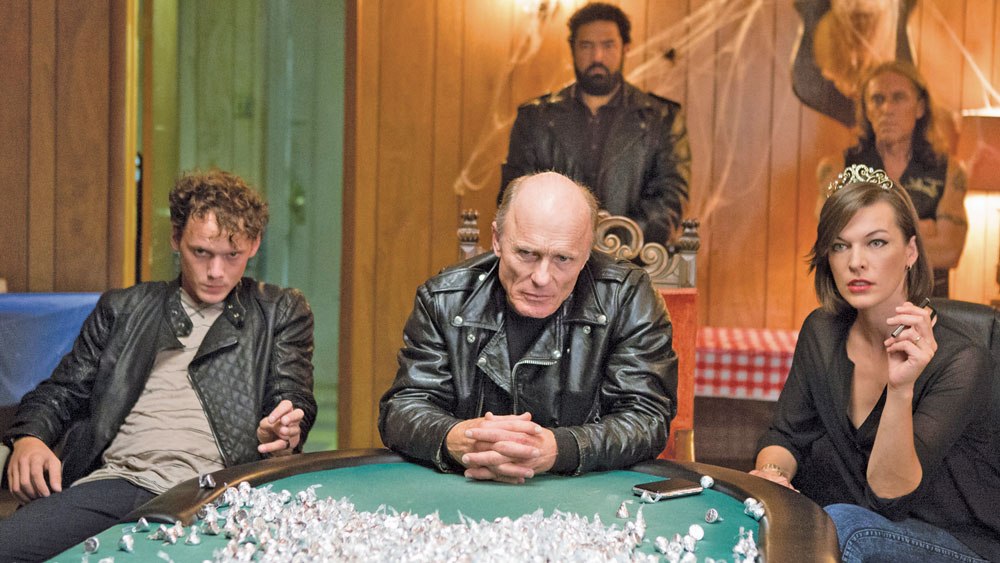
Despite the gargantuan cultural impact of William Shakespeare, lots of people, seemingly growing in number every generation, show more and more disdain for him. Mostly because of his archaic, showy language. The clearest example of this is when any time somebody makes a modern cinematic Shakespeare adaptation but doesn’t change the specific dialogue, people freak out. They cringe, laugh, or straight-up get angry. “Cymbeline” is one of those films.
Director Michael Almereyda did this once before in 2000 with “Hamlet” – also starring Ethan Hawke – but with lesser results. It tries way too hard and is way too “2000” for its own good. Although, Hamlet having his iconic existential crisis while walking through the aisles of Blockbuster is a stroke of poetic genius. Sadly, however, there’s nothing quite like that in Almereyda’s “Cymbeline.” Still, it’s the better adaptation and better film.
Cymbeline (Ed Harris) has lost his sons and wants somebody in his royal circle to marry his daughter Imogen (Dakota Johnson), but she has secretly married Posthumous (Penn Badgley), a man who is outside of Cymbeline’s royal circle.
The play, full of betrayal and deceit, ploys and pranks, and violence, is often debated as comedy or tragedy between Shakespeare scholars, but Almereyda takes it as a tragedy. Instead of Brits, Celts and Romans, it’s biker gangs and crooked cops. All the ways Almereyda and company translate the details into their modern context is extraordinarily creative and begs for multiple rewatches for utmost appreciation, which is admittedly the main reason it made this list.
Having said that, again, it has the original dialogue people hate so much. It’s frustrating that people would get so upset by it because, in the end, it disrupts and stifles artistic experimentation. Boundaries and comfort zones need to be pushed and broken. Almereyda’s “Cymbeline” is so compelling BECAUSE of the juxtaposition between the old language and the modern setting.
Most call it a disconnect, but it’s really its own style. Hearing and seeing those words be performed by today’s methods of acting, not that theatrical baloney, and doing so convincingly, proves the chops of the performers. It’s also important to keep that language alive because it helps our brains. It might be hard at first, but your brain will get used to it and understand it.
If you won’t watch it for its artistic merits, at least watch it for your brain. Stretch those cognitive muscles!
2. Kuro (Joji Koyama & Tujiko Noriko, 2017)
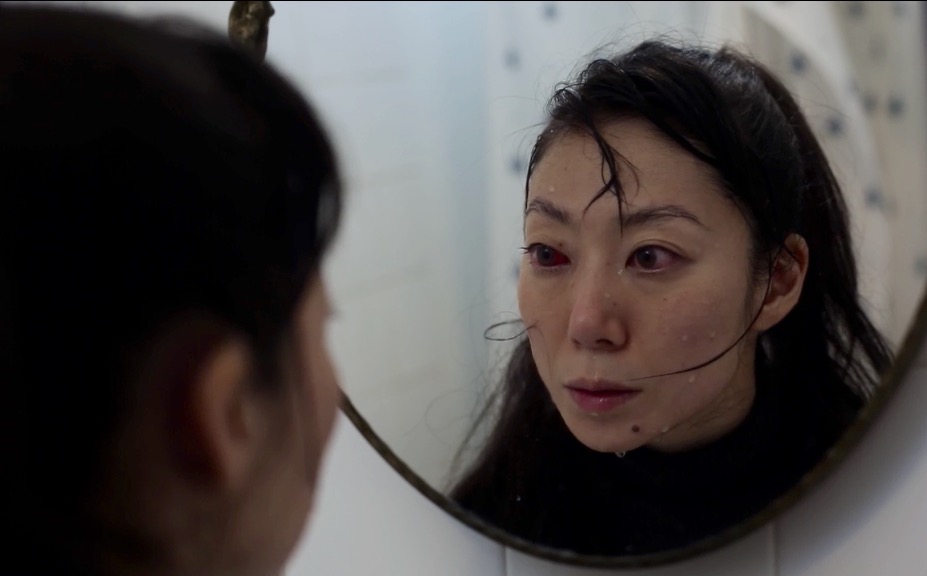
Joji Koyama and Tujiko Noriko do what Jean-Luc Godard might do if he were Japanese and not shoving Marxist propaganda up his butt only to be pooped out again. What they do in “Kuro” is revolutionary and much like “Cymbeline,” it will make audiences use their brains.
“Kuro,” from start to finish, is a story told to the viewers via narration, like a story one tells around a campfire, about two lovers and their time living in Japan with a man named Mr. Ono. It’s a pretty disturbing, odd, and at times a very spooky story. What makes the film suis generis is how the film is all built.
The narration tells one story, one of the past, but the visuals tell another story, one of the present. We’re not only forced to use our imagination to visualize the memories being reminisced, but we’re also forced to use our imagination to juxtapose it with the lives the two characters live now. There are even gaps viewers have to fill in with what happened between the past and the present that the story doesn’t reveal.
The music definitely plays a big part in this film’s success too, because it’s also a mood piece. There’s eerie music and sounds alike, but there’s also melancholic music that elevates the story being told and the visuals being presented; a detail being explained that might seem mundane or peculiar or sad or twisted is often accompanied by music of the exact opposite tone.
The music is aromatic of experimental artists from Orchid Tapes or Z-Tapes like flatsound or high bloom, if i die in mississippi or Ricky Eat Acid, and some of the avant-garde sides of Mum or Sigur Rós. One of the two directors, Tujiko Noriko, is a prolific musician herself and has more than 15 releases. She’s good!
3. Little Feet (Alexandre Rockwell, 2013)
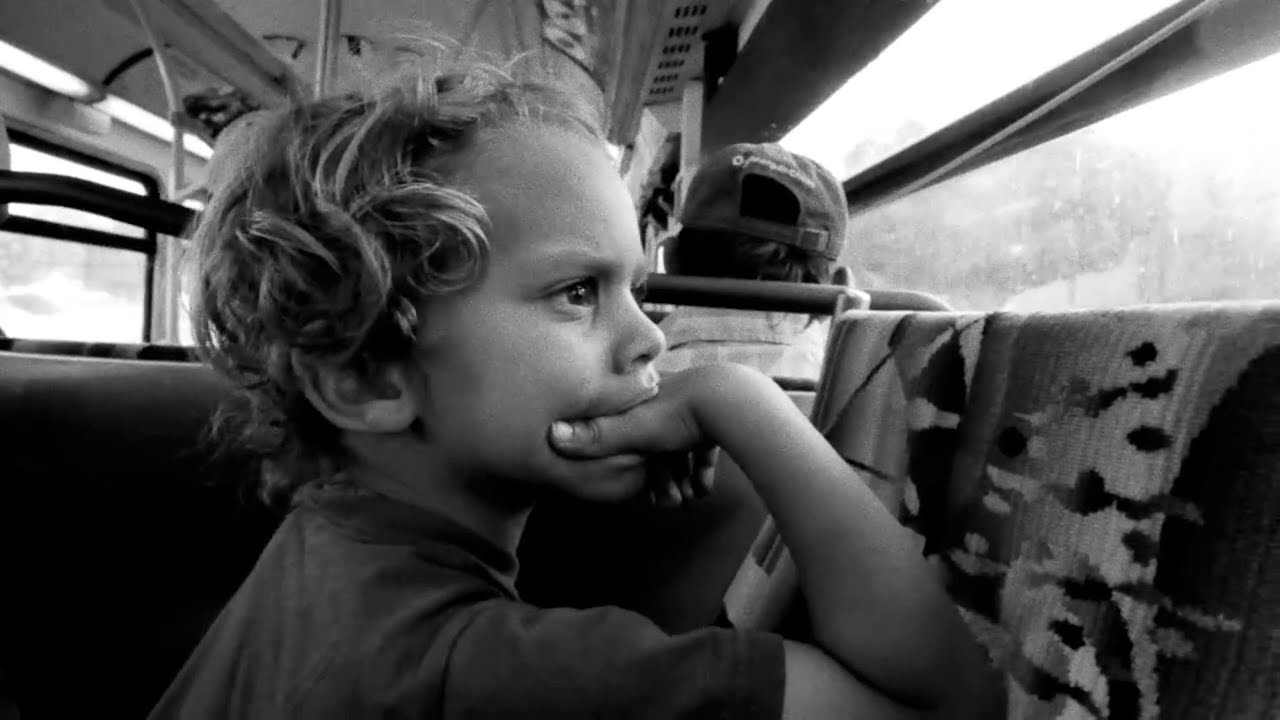
Frequently working with Steve Buscemi must have quit paying off for director Alexandre Rockwell, since he went from making films like “In the Soup” and “Somebody to Love” and one of the four segments in “Four Rooms,” to making a 62-minute film on what was probably a $4 budget with his own kids.
But you know what? That’s exactly why it works.
“Little Feet” is a wonderful and wonderfully cheap little indie gem about two young kids living in misery without realizing it because of their boundless spirits and terrific imaginations. It’s beautiful, fascinating, and hard to look away from. The lack of budget is really what makes their imagination soar, and what ultimately makes it feel all the more real. There’s only so much a $697 billion budget with 931 million VFX artists can do.
“Little Feet” makes do with practically nothing and it pays off. The best part about it is the fact that you can’t see exactly what they see – but if you’re still a child at heart, you’ll picture something, or at least enjoy them pretending. The film wants you to have fun, to be a kid at times, to have a little imagination again. Forget the hurt and the pain around you, your circumstances. Transcend it by being adventurous.
4. Scabbard Samurai (Hitoshi Matsumoto, 2010)
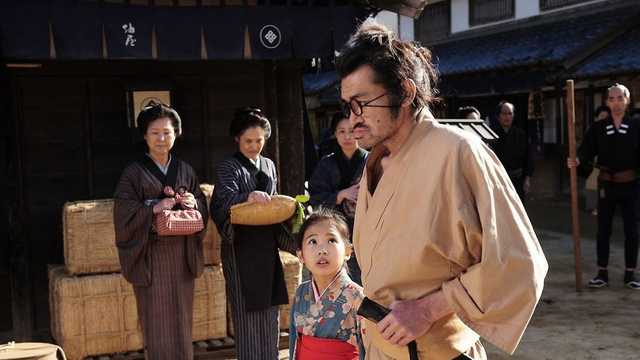
Japanese director Hitoshi Matsumoto is a real goofball. His film “Symbol,” starring himself, takes place in a single white room where a man is trapped for no apparent reason and tries to escape using weird things that come from the walls; and his more notorious film “Big Man Japan,” also starring himself, does the strangest stuff with the kaiju-superhero genres. They’re credible examples of WTF Cinema – but in 2010 he made an incredibly moving film out of a darkly kooky premise.
“Scabbard Samurai,” not starring Matsumoto this time, centers around a retired samurai named Nomi Kanjuro, who is captured by a feudal lord who’s forced to make his son smile. Nomi has 30 days to do so and if he fails, his daughter will have to witness him commit suicide.
One could say that Matsumoto could be the Japanese Chaplin, albeit a lot more absurdist and less prolific, and this film alone would be enough to back the claim. If the genre of slapstick tragedy ever trends, it’s this film and ultimately Matsumoto should be credited for it. Unfortunately, 10-ish years later there haven’t been any or many examples of slapstick tragedy and it could very well be because this film is and has been criminally underseen.
5. Scarred Hearts (Radu Jude, 2016)
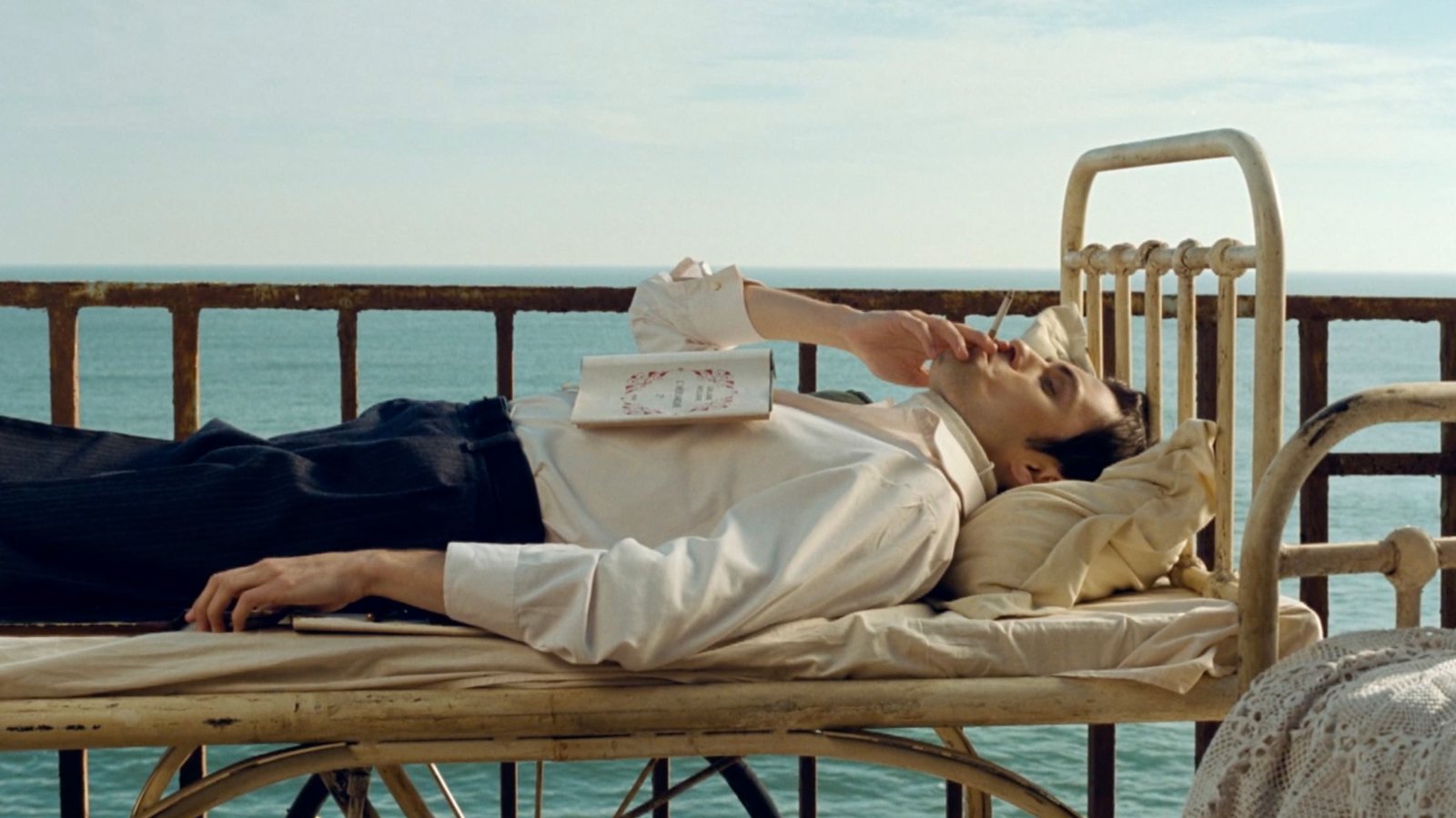
This next film took home the awards for Best Art Direction, Best Cinematography, Best Costume Design, and Best Makeup & Hairstyling at the 2017 Romanian Oscars-equivalent Gopo Awards, but left its director Radu Jude empty-handed – “Scarred Hearts.”
Shot completely in long static takes, all beautifully composited, and shot in 4:3 aspect ratio with the edges rounded out to look like a vintage camera’s viewfinder, “Scarred Hearts” is based on semi-autobiographical materials by Romanian writer Max Blecher about the experiences of a young man named Emmanuel at a sanitorium after he’s been diagnosed with bone tuberculosis.
Set during the summer of 1937 on the coast of the Black Sea, there’s certainly some horrific historical-political context brewing in the background, but despite that, and despite the fact that Emmanuel is ill and confined to a bed in a body cast for practically the entire film, there’s a significant amount of humor and wit and a tone of bittersweet hope as he learns that life is always worth living.
Jude is able to extract that energy out of his mostly non-professional cast, some of whom have never acted before or since, and that energy becomes contagious to us viewers, regardless of the circumstances of all of the characters. It’s a film that embraces life and a film that wants us to embrace life as well.